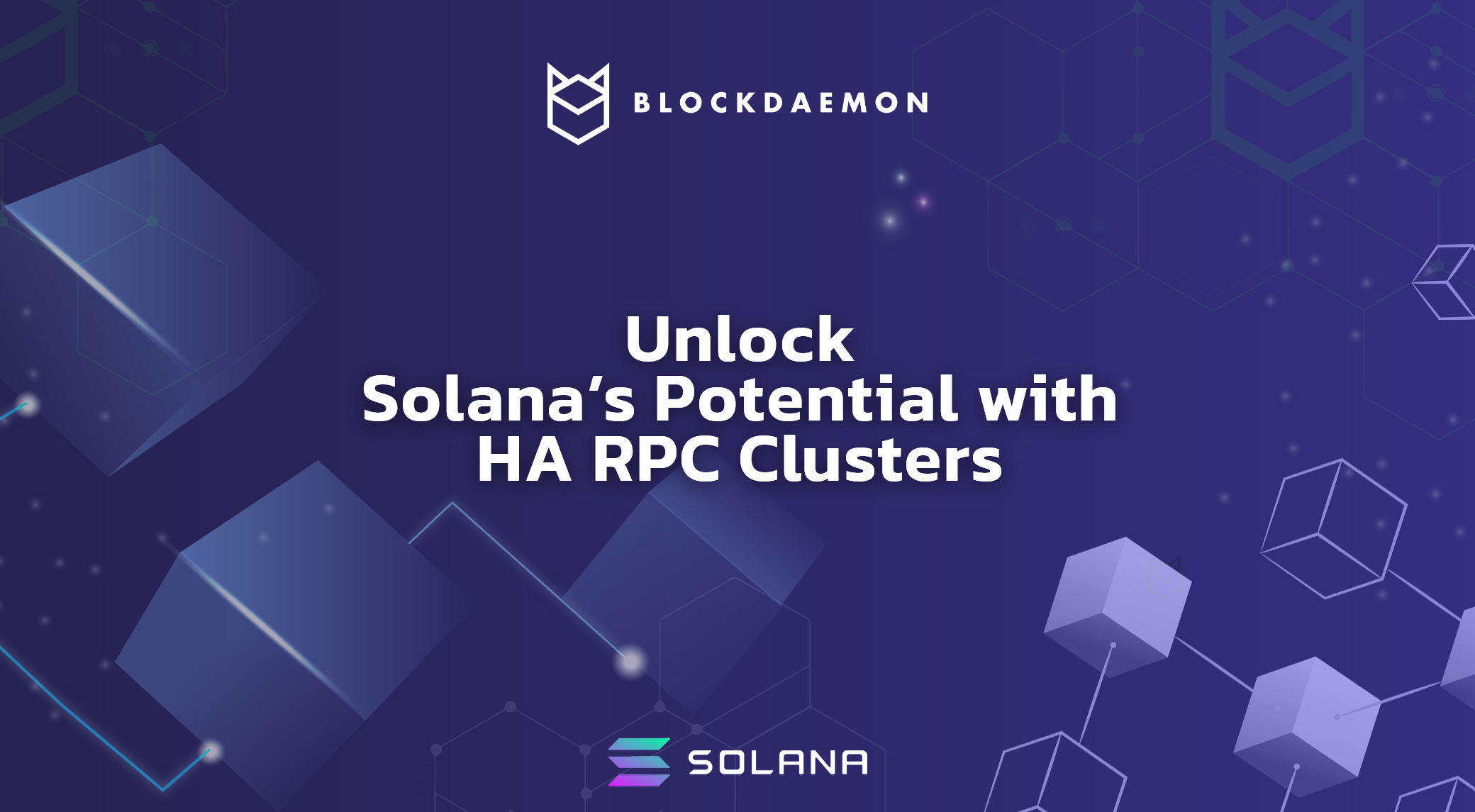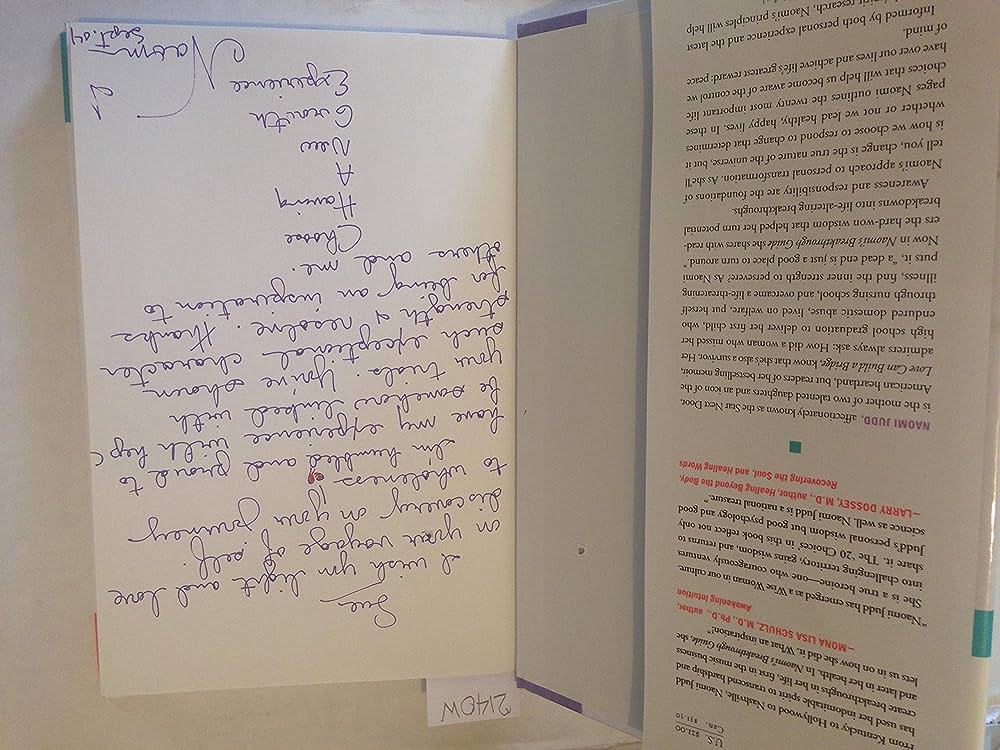Solana is a high-performance blockchain platform that offers fast transaction speeds and low fees. It aims to provide scalable solutions for decentralized applications and enable efficient global financial systems.
With its unique architecture, Solana can handle thousands of transactions per second, making it a promising option for developers and businesses seeking a robust blockchain infrastructure. Its native cryptocurrency, SOL, is used for various purposes within the Solana ecosystem, including staking and paying for transaction fees.
Solana’s efficient consensus mechanism, Proof of History, ensures trustworthiness and security while maintaining high throughput. With its impressive features and growing popularity, Solana is emerging as a strong competitor in the blockchain space, attracting attention from both developers and investors.
The Rise Of Solana In The Cryptocurrency Space
Solana has emerged as a prominent player in the cryptocurrency realm due to its high-speed blockchain network and scalability. With its innovative features and potential for decentralized applications, Solana is making its mark in the ever-evolving digital currency space.
The emergence of Solana as a game-changing blockchain platform:
Solana has quickly gained prominence in the cryptocurrency space due to its unique features and benefits. Here’s a closer look at what makes Solana stand out from the crowd:
Solana’S Unique Features And Benefits:
- High-speed transactions: Solana is renowned for its lightning-fast transaction speeds, capable of processing thousands of transactions per second. This impressive throughput ensures quick and efficient execution of smart contracts, making it an attractive option for decentralized applications (DApps) and developers.
- Scalability: Unlike many other cryptocurrencies that face scalability challenges, Solana leverages a unique architecture to ensure seamless scalability. By utilizing a combination of concurrency, parallelism, and sharding techniques, Solana can effortlessly handle increased network traffic and accommodate growing user demands.
- Low transaction fees: Solana offers cost-effective transactions, with minimal fees compared to other blockchain platforms. This affordability factor makes Solana an appealing option for both individual users and businesses looking to leverage blockchain technology without breaking the bank.
- Energy efficiency: Amid concerns about the environmental impact of cryptocurrencies, Solana stands out for its commitment to energy efficiency. By implementing a proof-of-history consensus mechanism, Solana achieves high security and performance without requiring excessive energy consumption.
- Developer-friendly ecosystem: Solana’s ecosystem boasts an array of developer tools and resources, making it user-friendly for developers of all levels of expertise. This comprehensive support allows developers to build and deploy DApps seamlessly, fostering innovation and driving the growth of the Solana network.
How Solana differentiates itself from other cryptocurrencies:
- Unique consensus mechanism: Solana’s innovative proof-of-history consensus mechanism sets it apart from many other blockchain platforms. This mechanism provides a historical record of events, ensuring quick verification of transactions and reducing the chances of network congestion or delays.
- Decentralized governance: Solana operates under a decentralized governance model, giving users and token holders the power to actively participate in decision-making processes. This democratic approach promotes inclusivity and transparency within the network.
- Interoperability: Solana’s design allows for seamless integration with other blockchains, fostering interoperability and enabling assets to be transferred across different networks. This feature opens up a world of opportunities for cross-chain applications and collaborations.
- Robust security: Solana prioritizes security, employing various measures such as Byzantine fault tolerance and cryptographic mechanisms to safeguard the network and user data. This commitment to security builds trust among users and ensures the integrity of transactions and smart contracts.
- Growing ecosystem: Solana’s ecosystem continues to expand rapidly, attracting both developers and users from around the world. With an increasing number of decentralized applications and projects being built on Solana, the platform demonstrates its potential to become a major player in the crypto space.
Solana’s outstanding speed, scalability, affordability, energy efficiency, unique consensus mechanism, decentralized governance, interoperability, security, and growing ecosystem have propelled it to the forefront of the cryptocurrency landscape. Understanding these distinctive features and benefits is essential for anyone looking to explore the immense potential that Solana offers in the blockchain industry.

Credit: www.amazon.com
Solana’S Technical Architecture And Scalability
Solana’s technical architecture and scalability make it a powerful blockchain platform. With its unique approach to consensus, it can handle thousands of transactions per second, ensuring fast and efficient processing for decentralized applications. Solana’s innovative design sets it apart in the blockchain space, offering high throughput without sacrificing decentralization.
With its innovative technical architecture and scalability features, Solana has gained attention as a prominent blockchain platform for fast and low-cost transactions. Understanding Solana’s proof-of-stake consensus mechanism, the role of the Solana blockchain in enabling fast and low-cost transactions, and exploring Solana’s approach to scalability are all essential in comprehending its capabilities.
Let’s dive deeper into these aspects:
Understanding Solana’S Proof-Of-Stake Consensus Mechanism:
- Solana utilizes a proof-of-stake (PoS) consensus mechanism, offering a more sustainable and efficient approach to validating transactions.
- This consensus mechanism enables token holders to become validators, participating in the block validation process based on the number of tokens they hold.
- Validators are chosen through a deterministic function, ensuring fairness and removing the need for resource-intensive mining activities.
The Role Of The Solana Blockchain In Enabling Fast And Low-Cost Transactions:
- Solana’s design aims to address the scalability limitations faced by many blockchain networks.
- It achieves remarkable transaction speeds by utilizing a combination of innovations, such as a multi-threaded architecture and a unique proof-of-history (PoH) mechanism.
- The PoH mechanism provides a historical record of all events in the network, making it easier for validators to reach consensus quickly.
- By leveraging these advancements, Solana facilitates thousands of transactions per second, making it an ideal platform for applications requiring high throughput.
Exploring Solana’S Innovative Approach To Scalability:
- Solana employs a range of innovative techniques to enhance its scalability.
- One key element is the use of a Tower BFT (Byzantine Fault Tolerance) consensus algorithm, guaranteeing fast finality and preventing forks in the network.
- Additionally, Solana utilizes a system of time divisions called “epochs” to handle the growth of the blockchain.
- With each epoch, Solana dynamically adjusts parameters like block size and transaction fees, ensuring optimal network performance as demand fluctuates.
- Furthermore, Solana’s sharding technique, known as “Sealevel,” enables parallel processing by dividing the network into smaller subnets called “shards.”
- These shards allow for distributed computation, significantly improving scalability by processing multiple transactions simultaneously.
Solana’s technical architecture and scalability features play a vital role in its success as a blockchain platform. Its proof-of-stake consensus mechanism, fast transaction capabilities, and innovative scalability approaches position Solana as a leading solution for efficient and high-performance decentralized applications.
The Solana Ecosystem And Key Use Cases
Solana is a high-performance blockchain platform designed for decentralized applications. With its strong ecosystem and key use cases, Solana offers fast transaction processing and scalability for developers and users alike. It provides a secure and efficient infrastructure for powering various applications, including decentralized finance (DeFi), non-fungible tokens (NFTs), and more.
Examining The Diverse Applications Of Solana In Various Industries
Solana, often hailed as one of the most promising blockchain platforms, has witnessed an incredible surge in popularity due to its low-cost transactions and blazing-fast processing speed. As a result, it has attracted significant attention from industries looking to leverage blockchain technology.
In this section, we will explore the versatile applications of Solana in various sectors, highlighting its immense potential in revolutionizing finance, gaming, and decentralized applications (dApps).
Solana’S Potential To Revolutionize Finance, Gaming, And Decentralized Applications (Dapps)
Solana’s unique features and capabilities position it as a game-changer in several industries. Let’s delve into how it can transform finance, gaming, and decentralized applications:
- Finance:
- Solana’s fast transaction speed and low fees make it an ideal platform for high-frequency trading, significantly reducing transaction costs and accelerating settlement processes.
- The scalability of Solana’s blockchain allows financial institutions to handle large-scale transactions with ease, ensuring seamless experiences for users.
- By leveraging smart contracts on Solana, decentralized finance (DeFi) applications are empowered to offer innovative financial services, such as lending, borrowing, and yield farming, while maintaining high levels of security and transparency.
- Gaming:
- Solana’s lightning-fast transaction processing enables real-time gameplay and in-game microtransactions, revolutionizing the gaming experience for both developers and players.
- The low transaction fees on Solana remove barriers to entry for gamers, allowing them to enjoy frictionless economic interactions within virtual worlds.
- With Solana’s high throughput, gaming platforms can scale their infrastructure to accommodate millions of concurrent users without compromising performance, creating immersive and highly interactive gaming environments.
- Decentralized Applications (dApps):
- Solana’s blockchain provides a robust foundation for building decentralized applications, offering developers the ability to create scalable and secure solutions.
- The platform’s compatibility with Ethereum Smart Contracts facilitates the migration of existing Ethereum dApps to Solana, benefiting from its faster processing and lower costs.
- Solana’s scalability allows dApps to handle increased user demand without sacrificing performance, ensuring an optimal user experience and widespread adoption.
Real-World Examples Of Successful Projects Built On The Solana Blockchain
Solana’s potential is not limited to theoretical possibilities. Several real-world projects have flourished on the Solana blockchain, showcasing its capabilities and making a tangible impact across various industries. Here are some noteworthy examples:
- Serum: A decentralized exchange (DEX) built on Solana, Serum offers fast and secure trading, with near-instant transaction confirmation and low fees.
- Mango Markets: This decentralized exchange prides itself on the high speeds and low costs provided by Solana, allowing traders to access a wide range of assets.
- Solstarter: As a launchpad for innovative projects, Solstarter utilizes the scalability and security of Solana to offer a seamless token launch experience for startups.
- Raydium: A liquidity provider on Solana, Raydium enables users to trade, provide liquidity, and earn rewards quickly and cost-effectively.
These examples demonstrate the real-life applications of Solana, validating its capacity to transform industries and disrupt traditional business models.
Solana’s remarkable speed, scalability, and low-cost transactions position it as a groundbreaking blockchain platform with the potential to revolutionize finance, gaming, and decentralized applications. As more industries recognize the advantages that Solana brings, we can expect an influx of innovative projects that will redefine our digital landscape.
The Sol Token: Fueling The Solana Network
Solana is a high-performance blockchain platform powered by the SOL token, fueling its network. With fast transaction speeds and low fees, Solana is gaining popularity as a scalable solution for decentralized applications (dApps) and cryptocurrencies.
As a cryptocurrency enthusiast, you might be familiar with Bitcoin, Ethereum, and other well-known cryptocurrencies. But have you heard about Solana and its native utility token, SOL? In this section, we’ll dive into the role of SOL as the primary fuel for the Solana network, explore its tokenomics and utility within the ecosystem, and consider the potential for long-term value appreciation.
Understanding the role of SOL as the native utility token of the Solana network:
- SOL serves as the native cryptocurrency of the Solana blockchain, enabling users to access and utilize the network’s features and services.
- It acts as a unit of account, allowing participants to measure the value of transactions, staking, and other activities within the Solana ecosystem.
- SOL plays a vital role in maintaining the network’s security and consensus through a proof-of-stake (PoS) mechanism, where token holders can participate in the protocol’s governance and block production process.
- By staking SOL, users can contribute to the network’s security and receive rewards in the form of additional SOL tokens.
Exploring SOL’s tokenomics and its utility within the ecosystem:
- SOL has a fixed maximum supply of 489 million tokens, with a portion allocated to incentivize network validators and developers, fostering the growth of the Solana ecosystem.
- The tokenomics of SOL include various mechanisms such as token burning, inflation, and rewards distribution, ensuring a balance between supply and demand.
- SOL can be used for various purposes within the ecosystem, including paying for transaction fees, accessing decentralized applications (dApps), participating in governance decisions, and even as collateral for lending and borrowing.
The potential for SOL token value appreciation in the long term:
- With its high scalability, low transaction fees, and fast confirmation times, Solana has attracted significant attention and adoption from blockchain projects, institutions, and investors.
- The growing demand for Solana’s network services, coupled with its innovative technological advancements, could lead to increased utility and a positive impact on the value of SOL tokens.
- As more developers and users flock to the Solana ecosystem, the demand for SOL is likely to increase, potentially resulting in long-term value appreciation for token holders.
SOL plays a crucial role as the native utility token of the Solana network. Its tokenomics and utility within the ecosystem contribute to the network’s growth and provide a solid foundation for potential long-term value appreciation. As the Solana ecosystem continues to expand, SOL tokens have the potential to hold great value in the ever-evolving cryptocurrency market.
Solana’S Roadmap And Future Developments
Solana’s roadmap and future developments highlight the exciting potential of this blockchain network. With its fast and secure scalability, Solana aims to revolutionize decentralized applications and enable seamless integration with traditional finance systems, making it a promising platform for the future.
Solana, the high-performance blockchain platform, has a well-defined development roadmap and exciting milestones ahead. Here’s an overview of what to expect from Solana in the near future:
Overview Of Solana’S Development Roadmap And Upcoming Milestones
- Integration of Ethereum Bridge: Solana is actively working towards integrating an Ethereum Bridge, allowing seamless interoperability between the two blockchain networks. This development will enable users to easily transfer assets and data between Solana and Ethereum, opening up new possibilities for decentralized finance (DeFi) applications.
- Enhanced scalability: Solana aims to further enhance its scalability to support even higher transaction throughput. By leveraging its unique Proof of History (PoH) consensus mechanism, Solana plans to achieve sub-second finality and handle thousands of transactions per second, ensuring efficient and rapid transaction processing.
- Expansion of ecosystem: Solana is focused on expanding its ecosystem by attracting more developers and projects to build on its platform. With its high throughput and low transaction costs, Solana offers an attractive environment for decentralized applications (dApps), making it an appealing choice for developers looking to leverage blockchain technology.
- Development of Solana 1.0: Solana is actively working on the development of Solana 1.0, which will introduce new features and improvements to the platform. This major release will further enhance Solana’s performance, stability, and compatibility, solidifying its position as a leading blockchain platform.
Potential Challenges And Opportunities For Solana In The Evolving Blockchain Landscape
While Solana has made significant strides, there are both challenges and opportunities it may encounter in the evolving blockchain landscape:
- Increasing competition: The blockchain space is highly competitive, with new platforms entering the market regularly. Solana will need to stay ahead by continually innovating and differentiating itself from other blockchain platforms to attract developers and users.
- Regulatory concerns: As the blockchain industry continues to mature, regulatory frameworks are being established worldwide. Solana will need to navigate these regulations effectively to ensure compliance while fostering an environment that encourages innovation.
- Partnership opportunities: Collaborating with established companies and forming strategic partnerships can provide Solana with opportunities to grow its ecosystem and increase adoption. By partnering with organizations in various industries, Solana can unlock new use cases and expand its reach.
Predictions For The Future Growth And Adoption Of Solana
With its impressive scalability and performance, Solana has the potential to become a prominent player in the blockchain ecosystem. Here are some predictions for its future growth and adoption:
- Increased adoption in DeFi: Solana’s integration with Ethereum and its high throughput make it an attractive platform for DeFi applications. As decentralized finance continues to gain traction, Solana could witness increased adoption as developers flock to create innovative DeFi solutions on its network.
- Enhanced interoperability: Solana’s focus on interoperability, demonstrated through its Ethereum Bridge integration, positions it as a hub for cross-chain transactions. As more blockchain networks seek efficient interoperability solutions, Solana could emerge as a preferred choice for seamless data and asset transfers between different platforms.
- Mainstream recognition: With the development of Solana 1.0 and further improvements to its performance, Solana has the potential to garner mainstream recognition. As more high-profile projects and developers adopt Solana, its reputation and visibility within the blockchain community and beyond will grow.
Solana’s roadmap and future developments place it in a promising position within the evolving blockchain landscape. With its commitment to scalability, ecosystem expansion, and interoperability, Solana is poised to make significant strides in the coming years.
Frequently Asked Questions For What Is Solana?
What Is Solana Used For?
Solana is a blockchain platform that is used for fast and scalable decentralized applications.
Can Solana Reach $1,000?
It is possible for Solana to reach $1,000, but it depends on various factors.
Why Is Solana So Special?
Solana is special because it offers fast transaction speeds, low fees, and scalability for decentralized applications.
Is Solana Better Than Ethereum?
Solana is a notable competitor to Ethereum due to its faster speed and low transaction fees.
Conclusion
Solana is a game-changer in the world of blockchain technology. With its lightning-fast transaction speeds and high scalability, it has the potential to revolutionize industries that require quick and frequent transactions, such as finance and gaming. Solana’s unique approach to consensus, known as Proof of History, ensures the immutability and verifiability of transactions, while its low transaction costs make it an attractive option for businesses and individuals alike.
As more developers and companies recognize the value of Solana, its ecosystem continues to grow, attracting new projects and innovations. Its interoperability with other blockchains and support for smart contracts further enhance its versatility and potential for use cases across various industries.
If you’re looking to invest in a promising blockchain project, Solana is definitely worth considering. Its robust technology, speed, scalability, and growing ecosystem position it as a strong contender in the ever-evolving blockchain landscape. As blockchain technology continues to gain mainstream adoption, Solana’s potential for growth and success shines bright.
Get ahead of the curve and explore the world of Solana now.



